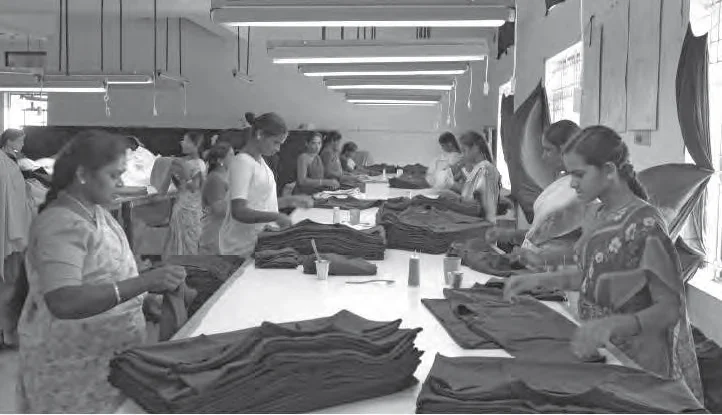![]() 5 Dec 2023
5 Dec 2023
People engage in various forms of work, from farming and factory jobs to office work and remote employment. Technology now allows for remote production of factory goods. Also, during the 2020-21 Covid-19 pandemic, many worked from home.
| What I object to, is the ‘craze’ for machinery, not machinery as such. The craze is for what they call labor-saving machinery. Men go on ‘saving labour’ till thousands are without work and thrown on the open streets to die of starvation…
Mahatma Gandhi |
|---|
People work for a living and a sense of self-worth, contributing to the national economy and supporting dependents.
Mahatma Gandhi emphasized education and training through various crafts.
Let us understand different aspects of employment growth in detail.

Worker-Population Ratio in India, 2017-2018
To assess the quality of employment and the worker’s position in an enterprise, it’s necessary to consider their status within the enterprise.

Brick-making: a form of casual work

Distribution of Employment

Distribution of Employment by Region

Garment workers: upcoming factory employment for women

Distribution of Workforce by Industry, 2017-2018
<div class="new-fform">
</div>